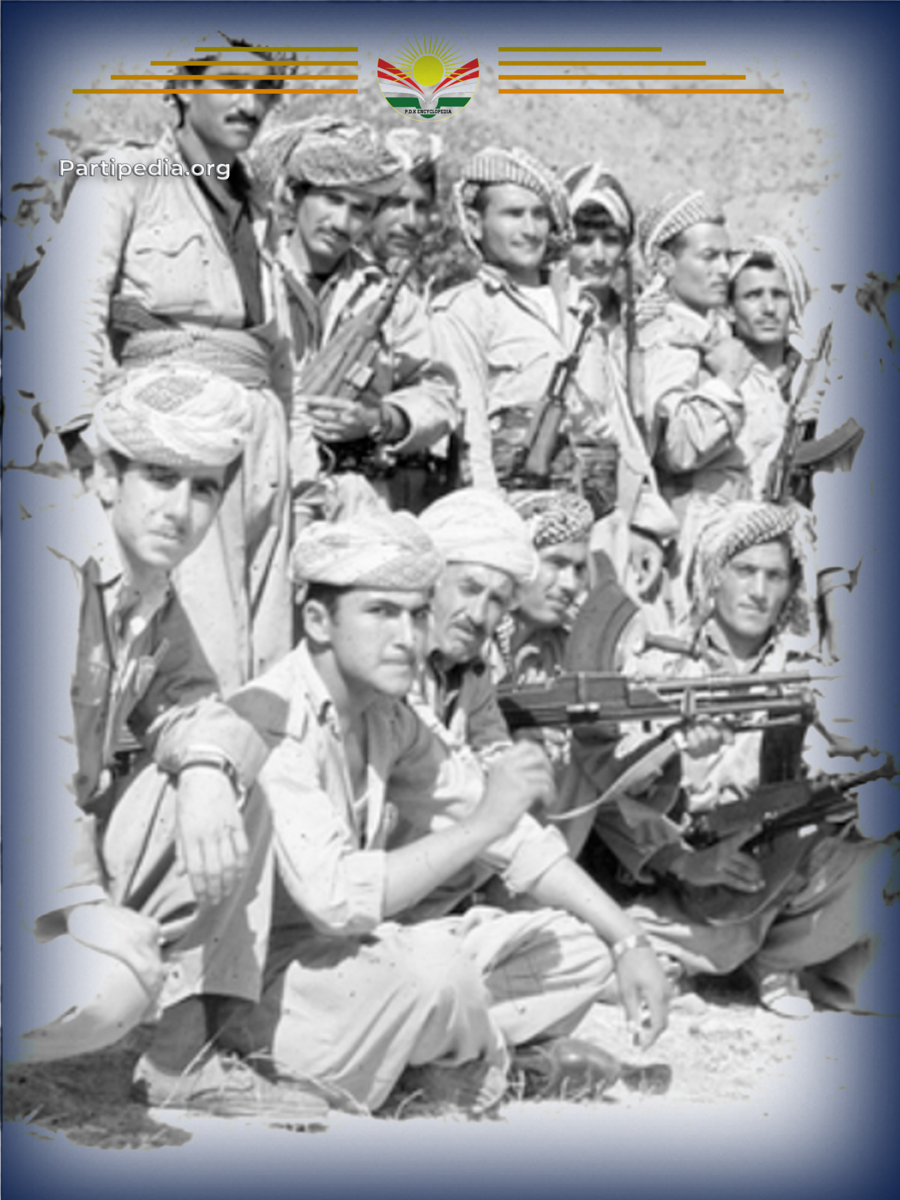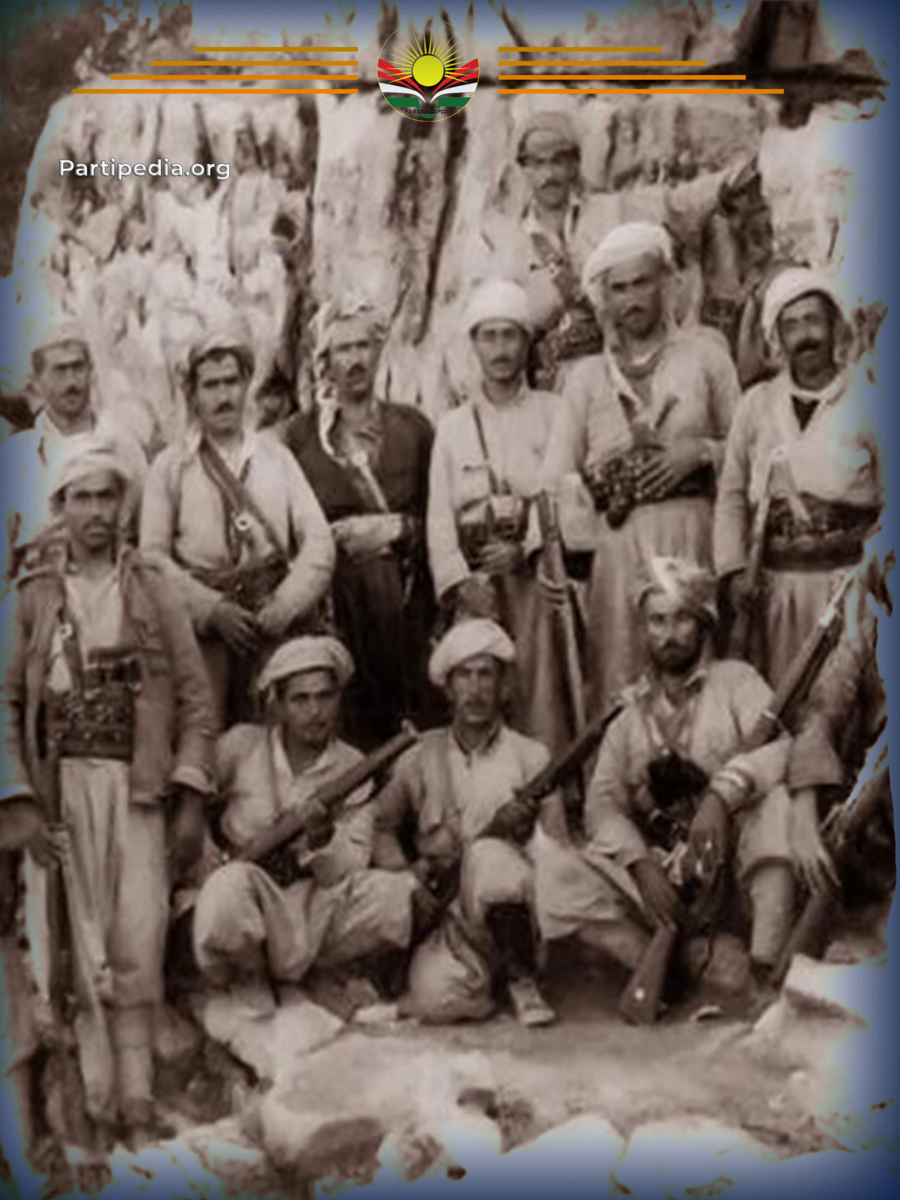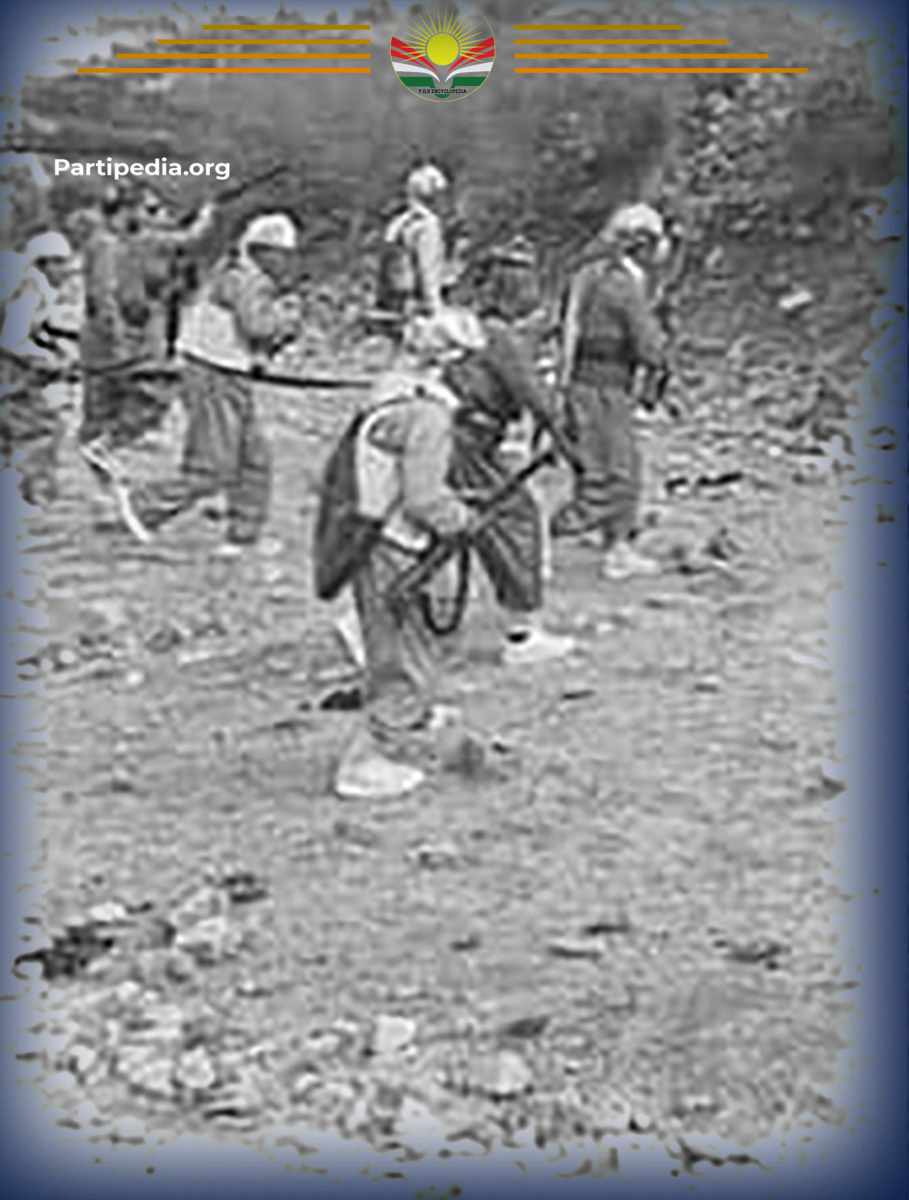The Iraqi government, which had initiated the war against Kurdistan in 1974, employed its full military might, including a vast army comprising hundreds of thousands of soldiers, numerous modern tanks, various air weapons, and an air force, to suppress the revolution.
Throughout history, mountainous regions have often served as strongholds for resistance and defense during revolutions. Consequently, we have consistently relied on the Peshmerga forces for protection. The Iraqi army, recognizing the strategic importance of highlands, sought to first capture these mountainous areas, such as Kewarash, Makok, and Karokh, in order to exert military pressure on the lowlands. The Iraqi regime devised a plan to intensify its assaults on the revolutionary areas in August and September, aiming to secure strategic positions before the arrival of winter.
Despite suffering significant casualties in their attacks on Peshmerga positions, the Iraqi army persisted in its invasion with the aid of substantial air support, Soviet military experts, and mercenaries known as "jash." As the army successfully advanced from Kewarash Mountain and gained control of the right front, the 1st Infantry Division and the 12th Armored Division, supported by the 3rd Tank Battalion, commenced their march towards Sangasar. This village is situated at the beginning of Mount Assos on the right side and the commencement of Mount Kewarash on the left side.
Facing the substantial Iraqi army forces advancing towards the city of Qaladze, a battalion comprising of Kawa and Asos battalions was strategically stationed in Sangasar village, serving as the sole barrier preventing the army's occupation. Despite the Iraqi army's determined offensive tactics, which included the placement of anti-tank and anti-personnel mines, road destruction, and obstruction with large stones, the Peshmerga forces found themselves in a defensive position during the clashes. The intense fighting persisted for approximately ten days, resulting in significant casualties on the Iraqi side, yet their relentless pursuit of Qaladze remained unwavering. Tragically, the Peshmerga forces also suffered losses and injuries during the confrontations. Consequently, on August 19, 1974, the Iraqi army successfully entered and seized control of the city of Qaladze. However, the Peshmerga did not halt their activities following the occupation; instead, they continued their military operations. On September 3, they launched an assault on an Iraqi army base located on the Ranya-Qaladze road in Tuwa Suran. The attack commenced with a bombardment of the military base, followed by a direct assault that inflicted substantial damage upon the army. Although they were on the verge of capturing the base, the martyrdom of Peshmerga commander Ezadin Qara Mohammed prompted them to withdraw alongside the Peshmerga forces, abandoning their attempt to seize the base.
Resources:
-
مسعود بارزانی: بارزانی و بزوتنەوەى ڕزگاریخوازی کورد، بەرگی سێیەم، بەشی دووەم، شۆڕسی ئەیلوول ١٩٦١-١٩٧٥، چاپى یەکەم – هەولێر، ٢٠٠٤.
-
سهنگهر ئيبراهيم خۆشناو: ڕووداوه سهربازيهكانى شۆڕشى ئهيلوول 1970-1975، چاپى يهكهم، ههولێر، 2022.
-
کاروان جوهر محمد: ئیدریس بارزانى ١٩٤٤- ١٩٨٧ ژیان و ڕۆلى سیاسیى و سەربازى لە بزوتنەوەى ڕزگاریخوازى کورددا، چاپخانەى هێڤی، هەولێر، ٢٠١٩.
-
ملازم خدر عەبدوڵڵە دەباغ: بیرەوەریەکانم و تۆپخانەى شۆرش ئەیلوولى مەزن چاپخانەى ڕۆشنبیری، چاپى سێیەم، هەولێر – ٢٠٢٠.
-
ئیبراهیم جلال: باشووری كوردستان و شۆڕشی ئهیلوول، بنیادنان و ههڵتهكاندن، 1961-1975.چاپی چوارهم، 2021.








